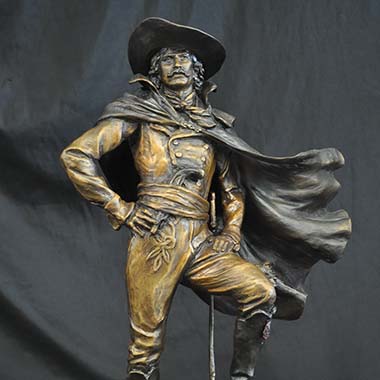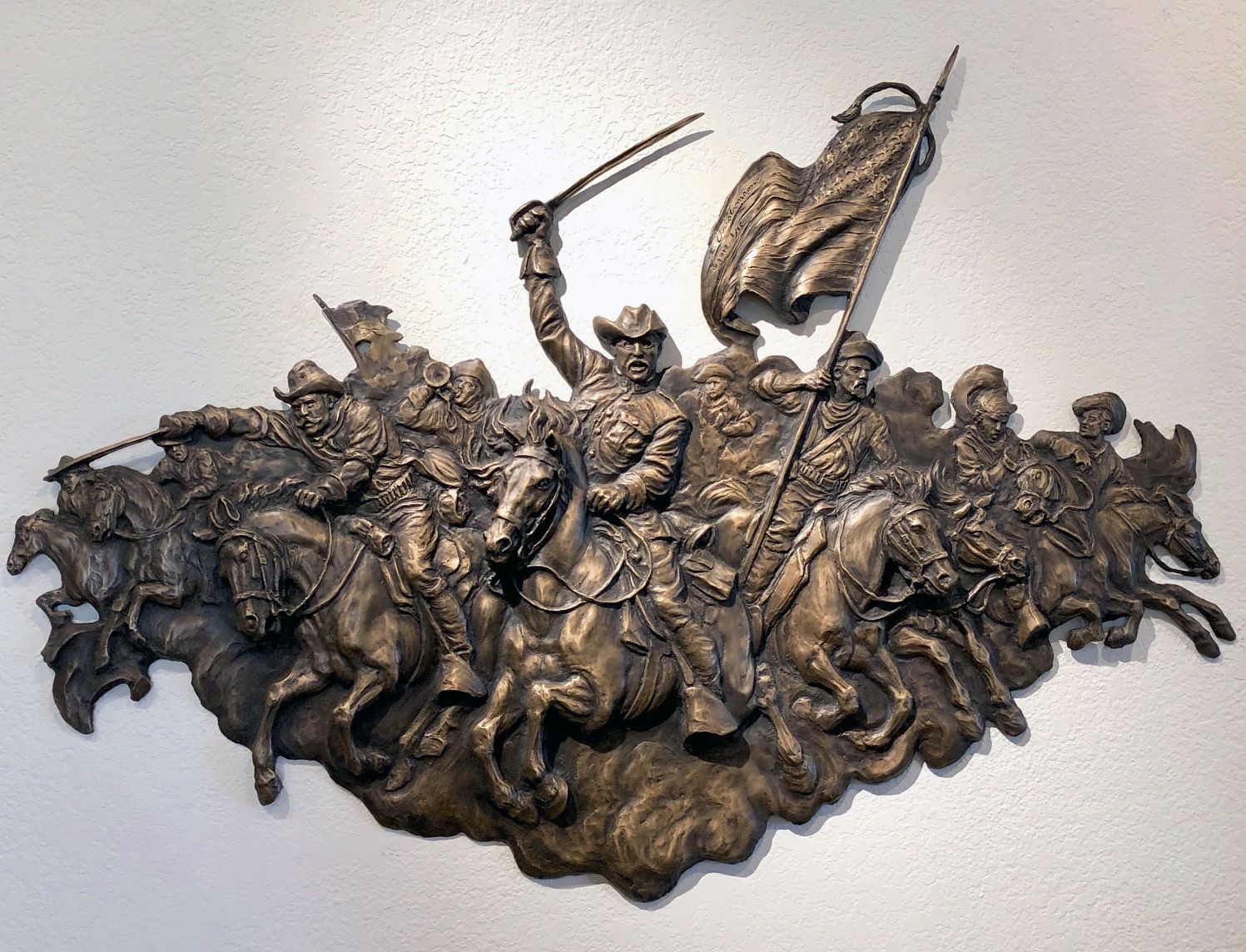Gargoyles
THE NAME COMES FROM A DRAGON-SLAYING LEGEND
Brief
When gargoyles began appearing on churches throughout Europe in the 13th century, they served as decorative water spouts, engineered to preserve stone walls by diverting the flow of rainwater outward from rooftops. This function, technically speaking, distinguishes gargoyles from other stone beasts like grotesques and bosses, although these days the term encompasses all sorts of decorative creature carvings.
The word gargoyle derives from the French gargouille, meaning “throat.” This would appear to take its inspiration from the statues’ water-siphoning gullets, but in fact the name comes from the French legend of “La Gargouille,” a fearsome dragon that terrorized the inhabitants of the town of Rouen. For centuries, according to the story, the dragon swallowed up ships and flooded the town, until around 600 BCE, when a priest named Romanus came along and agreed to vanquish the beast in exchange for the townspeople’s conversion to Christianity. Romanus tamed the dragon by making the sign of the cross, then led it into town where it was burned at the stake. The creature’s head, however, wouldn’t burn, so the townspeople cut it off and affixed it to their church. The gargouille’s head became a ward against evil and a warning to other dragons.
THEY WERE MEANT TO INSPIRE FEAR IN PARISHIONERS.
Because most Medieval Europeans were illiterate, the clergy needed visual representations of the horrors of hell to drive people to the sanctuary of the church. Placing gargoyles on the building’s exterior reinforced the idea that evil dwelt outside the church, while salvation dwelt within. “How better to enforce church attendance and docility than by providing a daily reminder of the horrors to come,” wrote Gary Varner in his book, Gargoyles, Grotesques and Green Men: Ancient Symbolism in European and American Architecture.
Churches would also model gargoyles after the creatures worshipped by pagan tribes, thinking this would make their houses of worship appear more welcoming to them. It was a bit of clever marketing that worked, according to scholar Darlene Trew Crist. “Churches grew in number and influence as the pagan belief system and many of its images were absorbed into Christianity,” she wrote in American Gargoyles: Spirits in Stone.
Although the name gargoyle dates back just a few centuries, the practice of crafting decorative, animal-themed drain spouts reaches back several millennia. The ancient Egyptians had a thing for lions, as did the Romans and the Greeks. The oldest gargoyle-like creation is a 13,000-year-old stone crocodile discovered in Turkey.






